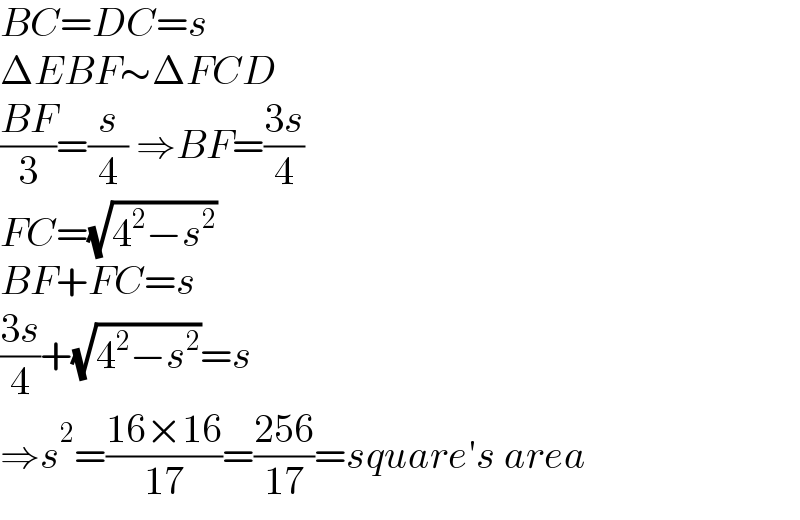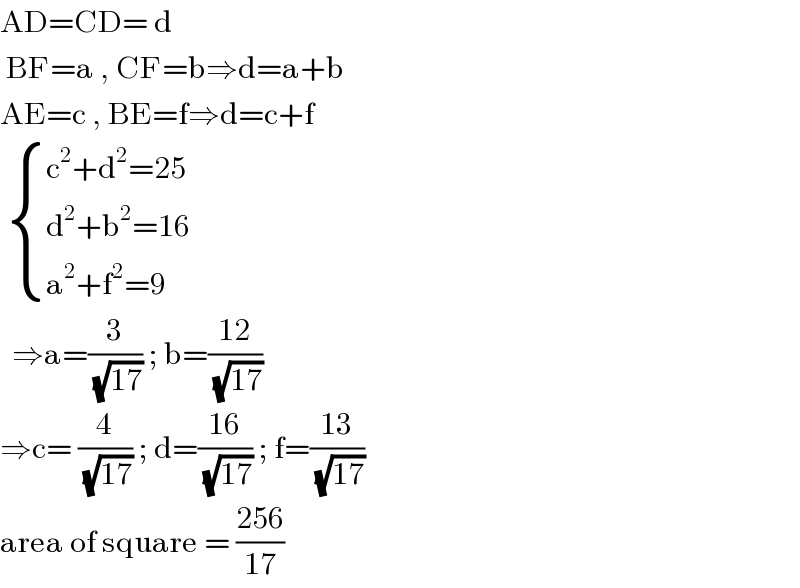
Question and Answers Forum
Question Number 177796 by mr W last updated on 09/Oct/22

Commented by mr W last updated on 09/Oct/22

Commented by mr W last updated on 09/Oct/22

Commented by Rasheed.Sindhi last updated on 09/Oct/22

Commented by Rasheed.Sindhi last updated on 09/Oct/22

Answered by mr W last updated on 09/Oct/22

Commented by Tawa11 last updated on 09/Oct/22

Answered by cortano1 last updated on 09/Oct/22

Answered by cortano1 last updated on 09/Oct/22

Commented by mr W last updated on 09/Oct/22

